Car dealer David Kelleher of Glen Mills, Pa., says lately he's growing accustomed to a new kind of customer: lawyers, doctors and other high-salaried professionals who are now considered subprime credit risks.
As the current chairman of the Chrysler National Dealer Council, Kelleher said this includes individuals who lost their financial footing when their investments soured in the recession or a real estate deal went bad.
"We're seeing a new face of the subprime customer; that's for sure," said Kelleher, who owns David Chrysler Jeep Dodge.
Subprime lending is on the rise in the auto industry, and even though the term "subprime" makes people nervous, some players in the auto industry welcome it. They see it as a way to reach customers who have been cut off from buying cars these past few years. When the credit crisis hit in the fall of 2008, it was hard even for those with the best credit scores to receive a car loan.
But while this kind lending could boost auto sales by opening up a larger market, it also can pose a risk to subprime customers, who are susceptible to scams that could result in higher interest rates.
As the car market and the credit markets recover from the recession, loans have slowly started to be granted for individuals with lower and lower credit scores. These people end up paying higher interest rates, though. Since this January, about 8 percent of car buyers have secured loans with an interest rate of 10 percent or more, which indicates that the bank sees them as a high risk, said Jessica Caldwell, a senior analyst at Edmunds. Currently the average interest rate for a car loan is about 4 percent.
The increase in subprime lending is helping boost car sales to people who have been holding off.
"There was a significant population who had no access to credit," Caldwell said. "People get nervous when you hear we're letting subprime people back into the market, but these people were really cut off … It's not a hog-wild lending frenzy, giving loans to anyone who walks in."
Data from credit tracking firm Experian backs up what Edmunds has found: Subprime lending for the first quarter of 2012 climbed 11.4 percent over the same period last year, accounting for 23.16 percent of auto sales for the first quarter. After the credit crisis hit in the fall of 2008, subprime lending plunged to 17.99 percent of auto sales during the first quarter of 2009.
But consumers shouldn't confuse subprime auto lending with subprime mortgages, said Melinda Zabritski, director of automotive credit for Experian. Delinquency rates are lower for these types of car loans as people tend to pay their car loans before they pay credit card loans and sometimes even before they pay their mortgage.
"Everyone says that's because you need a car to go to work," Zabritski said. "Delinquencies right now are historically low."
Still, consumers with subprime credit scores need to be careful, warned Chris Kulka, senior counsel for government affairs for the Center for Responsible Lending. Because these customers often have a harder time securing a loan, dealers may take advantage of them.
If a dealer sets up financing for a customer, that dealer is allowed to add in a percentage markup that gets paid directly to the dealer. So, for example, if the subprime customer qualified for a 10 percent loan, the dealer could add in another 5 percent and tell the customer he or she qualified for a 15 percent loan. The Center for Responsible Lending is lobbying to make this practice illegal.
"We think subprime customers are much more affected by this than other consumers," Kulka said. "We remain concerned that if the market takes off, but we haven't addressed these issues, that's a problem."
Chrysler is selling more cars to subprime customers than almost any other auto manufacturer, especially when it comes to its Dodge brand, Edmunds said. Year to date, about 12 percent of all Chrysler purchases have been made with subprime loans, with about 20 percent of Dodge buyers assuming subprime loans. In comparison, 11.5 percent of Fiat buyers have a subprime loan. And 8.5 percent of Jeep buyers take on a subprime loan.
Kia, Mitsubishi and Suzuki also are finding that more than 20 percent of their customer base take on subprime loans, Edmunds said.
Ralph Kisel, a spokesman for Chrysler, said subprime customers are the biggest growth area for the entire industry. "Credit availability is bringing these customers back to [the] market at a disproportionate level versus prime customers," he said.
For Kelleher, the increase in subprime lending means he's hearing more stories from people hard hit by the recession who now feel like they are on the rebound. He recently had a customer who lost both his $200,000 job and a substantial fortune in real estate. He filed for bankruptcy but now is back working and needed a car.
"In a lot of these cases, the people aren't going to be subprime forever," Kelleher said. "We were able to get this gentleman a loan. And if things go right, maybe he'll buy from us again."
